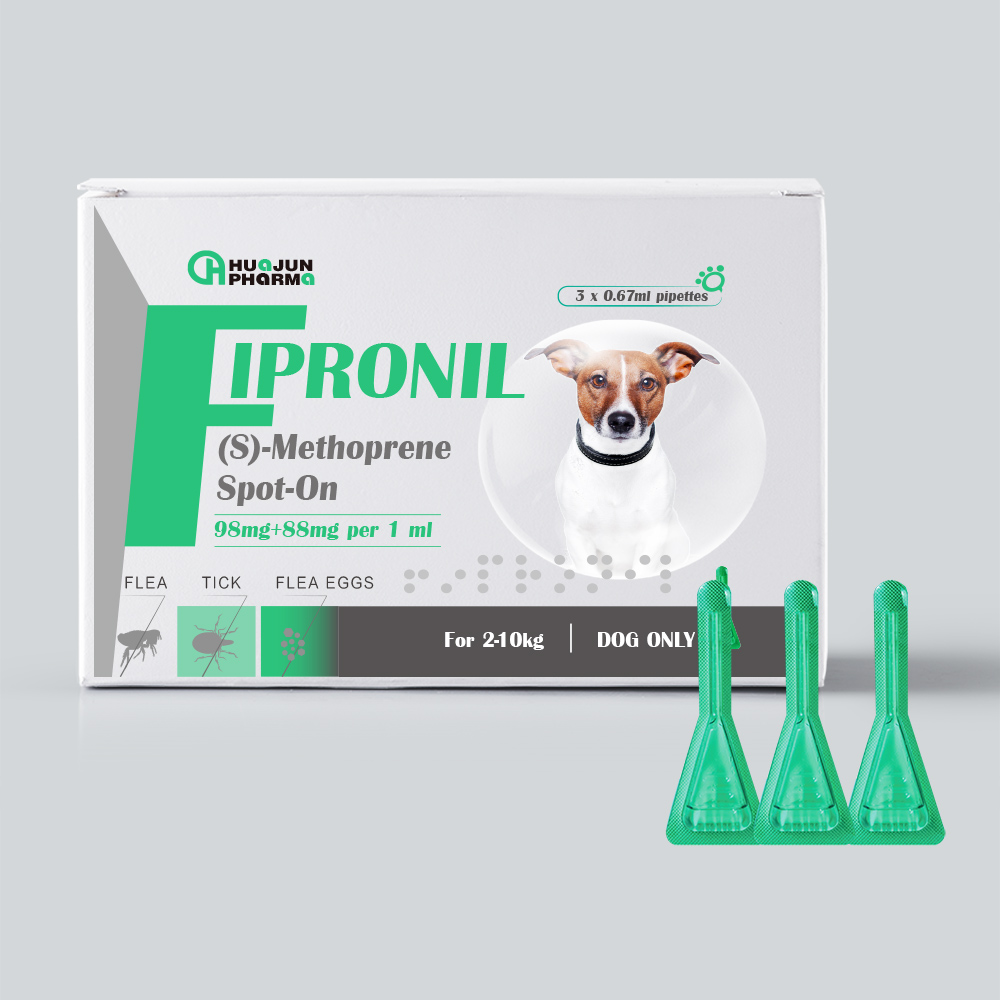
سبتمبر . 17, 2024 07:24 Back to list
Chilodoniasis
Chilodoniasis An Overview of the Disease and Its Impact on Aquatic Life
Chilodoniasis is a pathological condition caused by protozoan parasites belonging to the genus Chilodonella, which predominantly infects fish. As a significant health concern in aquaculture and natural water bodies, this disease can lead to considerable economic losses and impact the biodiversity of aquatic ecosystems.
Chilodonella species are ciliated protozoans that primarily inhabit the integumentary surfaces and gills of fish. The most common species associated with chilodoniasis include Chilodonella piscicola and Chilodonella sp. These organisms thrive in environments characterized by poor water quality, such as high levels of organic matter, low dissolved oxygen, and elevated ammonia levels. Consequently, fish in stressful conditions or confined environments, such as aquaculture facilities, are particularly vulnerable to infection.
The life cycle of Chilodonella species involves direct transmission, meaning that the parasites can spread quickly among fish populations. The organisms attach themselves to the skin or gills, where they feed on epithelial cells and bodily fluids. This feeding activity often leads to irritation, inflammation, and in severe cases, necrosis of the affected tissues. Infected fish may exhibit a variety of clinical symptoms, including reduced feeding, lethargy, erratic swimming behavior, and increased respiratory effort caused by damage to the gills.
Chilodoniasis can also impair the immune response of fish, making them more susceptible to secondary infections. Compounded by the stress factors inherent in aquaculture practices—such as overcrowding, poor nutrition, and suboptimal environmental conditions—the likelihood of an outbreak can significantly increase. Thus, it is essential for fish farmers and aquarists to monitor water quality closely and maintain optimal conditions to mitigate the risk of infection.
chilodoniasis

Diagnosis of chilodoniasis is usually achieved through microscopic examination of skin or gill scrapes
. The presence of ciliates can confirm the infection, which is crucial for determining appropriate treatment measures. Routine health checks and maintaining good husbandry practices are vital for early detection and management of the disease.Treatment of chilodoniasis typically involves the application of anti-protozoan medications, often in conjunction with improved water quality management. Formalin and salt baths are common treatment options that help eliminate the parasites while minimizing stress on the fish. However, it is crucial to follow dosage guidelines carefully to avoid toxicity and deleterious effects on the aquatic environment.
Preventative measures are paramount in controlling chilodoniasis in aquaculture. Maintaining high standards of hygiene, avoiding overstocking, implementing regular health checks, and ensuring proper nutrition are all critical components in fostering a healthy fish population. Moreover, the introduction of resistant strains through selective breeding programs can also prove beneficial in mitigating the impact of Chilodonella infections.
In conclusion, chilodoniasis is a significant concern for both aquaculture and natural aquatic ecosystems. Understanding the biology of the pathogens responsible, as well as the conditions that promote infections, is vital for effective management and prevention strategies. Through conscientious practices and vigilant monitoring, fish farmers and ecosystem managers can protect the health of fish populations and ensure the sustainability of aquatic environments.
-
Acute Salpingitis and Oophoritis Factory - Leading Manufacturer & Supplier
NewsJul.23,2025
-
Web Scraping-NIST|Data Extraction&Research
NewsJul.23,2025
-
Premium Coccidia Supplier from China – Custom Solutions & Factory Price
NewsJul.22,2025
-
Amoxicillin for Rats Factories | Manufacturer & Supplier
NewsJul.22,2025
-
Epic Sepsis Factories & Ivermectin Injection Supplier | Certified Quality Manufacturing
NewsJul.21,2025
-
Afoxolaner & Milbemycin Chewables for Fleas, Ticks, Worms in Dogs
NewsJul.20,2025




